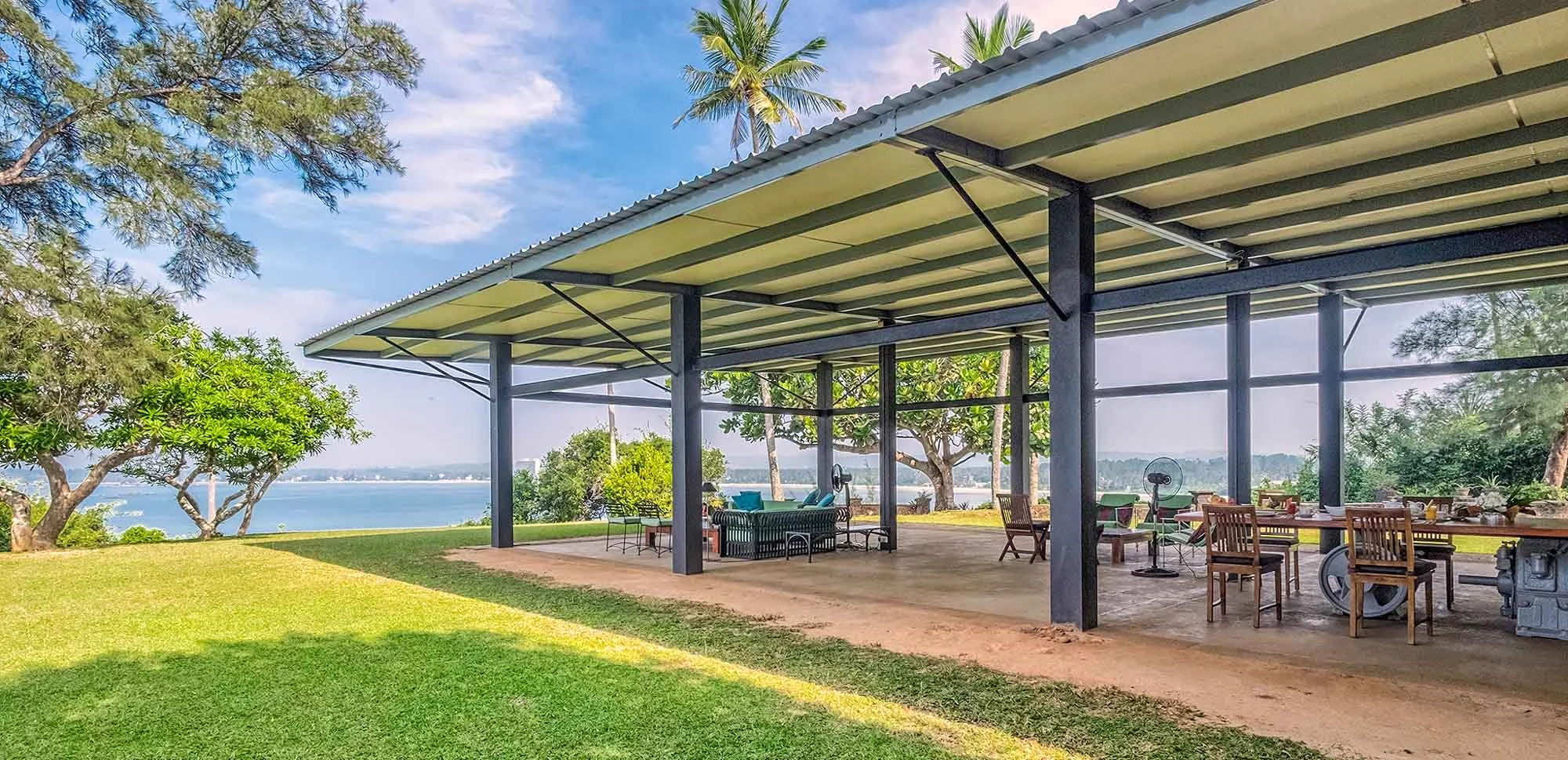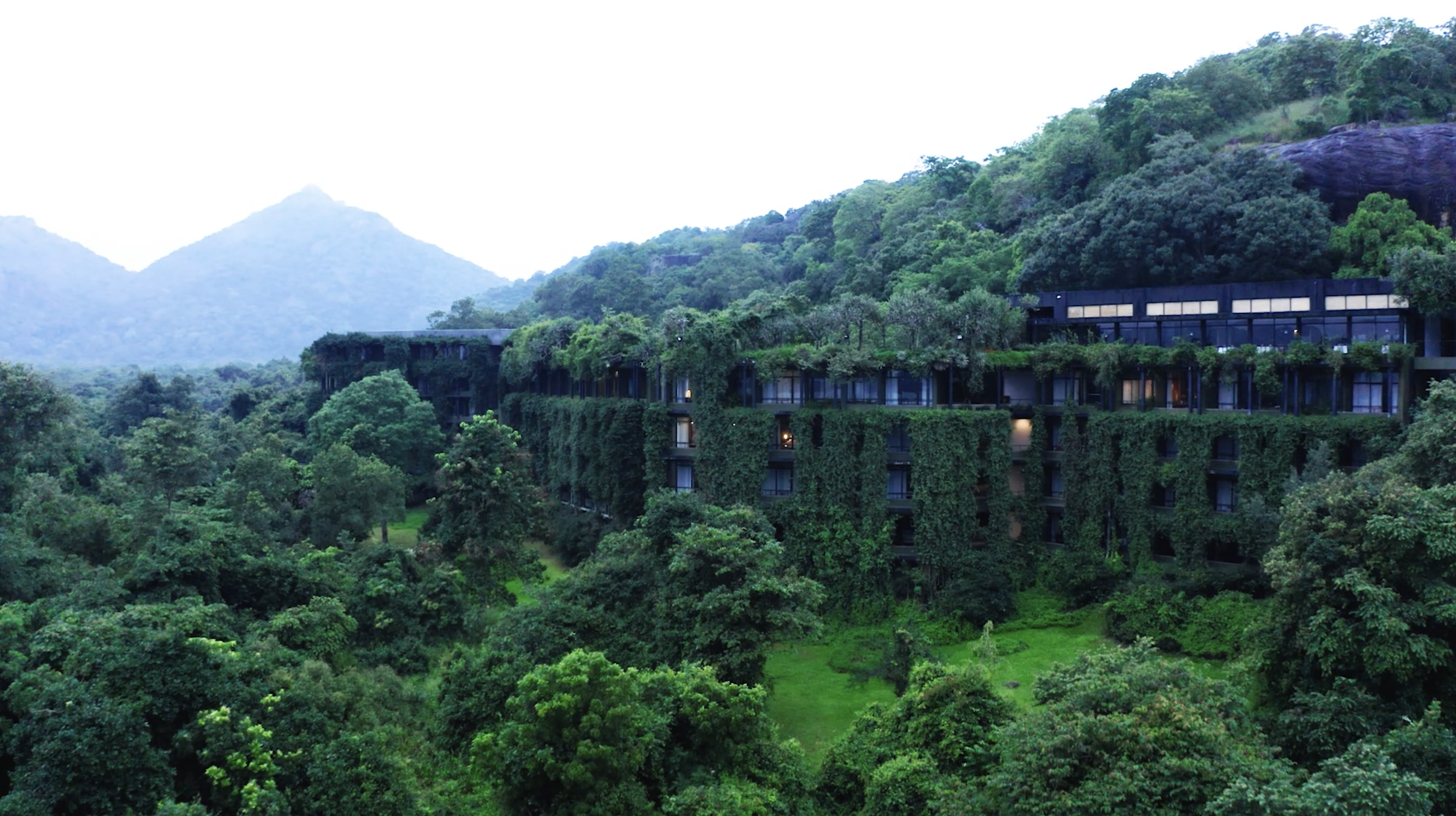Geoffrey Bawa created 117 projects in his lifetime. We selected five pivotal projects that we believe best bring to life his process - connecting to the ‘genius’ of each place by blurring the lines between the inside and the outside.
Red Cliffs:
The House That
Was A Garden
The last residential project Bawa ever created, while in a wheelchair after a stroke, may have been his most audacious yet. The house at Red Cliffs dispenses with doors and windows and....and even walls....to create a stunning pavilion overlooking the Indian ocean on three sides.
Kandalama:
The Jungle
Palace
With the Kandalama Hotel in the cultural triangle of the country, he faced massive opposition from environmentalists and local religious groups - with one monk even threatening to set himself on fire. Perhaps because of this, Bawa was determined to create the most environmentally sound hotel ever created - and went on to build the first LEED platinum building outside of the United States.
Ena De Silva:
The Courtyard
House
With the Ena De Silva House in 1962, he revived indigenous Sri Lankan traditions - moving away from the traditional British bungalow, and revolutionizing a form that inspired the Asian continent. A house of such architectural significance that it was lovingly deconstructed and reconstructed over a six year period.
Lighthouse:
The Ocean
Fortress
With the Lighthouse hotel near Galle, he was faced with the challenge to build a beach hotel on a location where there was no beach – in a part of the country where no one ever visited. By surrending to the theatricality of the ocean, and designing a hotel that was all about framing the view, he created an architectural masterpiece that revitalized the fortunes of the area around Galle on the South Coast.
Lunuganga:
The Fifty Year
Garden
His magnum opus - Lunuganga - was a derelict 15 acre rubber plantation that Geoffrey Bawa purchased as his country estate in 1948. And then spent 50 years nurturing the gardens as a labor of love, creating multiple buildings over around or across the property to experiment with his ideas. At the end of his life, he instructed that he be cremated and buried there - so that even in death, his ashes could continue nourishing the garden of his dreams.




